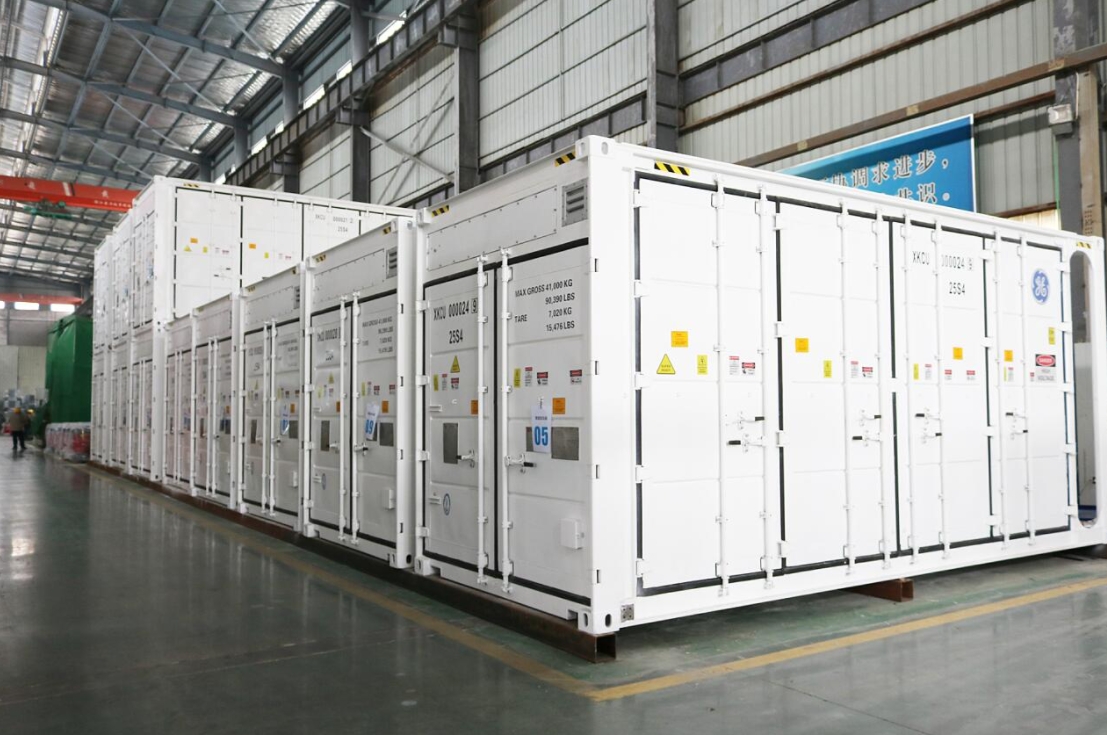Today, container-type houses and prefabricated houses are the two main types of living containers. So, they are also living containers. What is the difference between the two? Below, the editor of Foshan Stax Bond Construction will introduce to you the difference between the two.
 1. Design aspect
1. Design aspect
Residential containers: Introduce modern home elements, take a single box as a unit, and can be combined and stacked in any way. The performance in terms of sealing, sound insulation, fire prevention, moisture proof, heat insulation, etc. is better.
Prefabricated house: It is installed on-site in units of steel, plates and other raw materials. Its sealing, sound insulation, fireproofing, moisture-proof, heat insulation and other properties are poor, and the effect will not be known until the installation is completed, which is not conducive to people's comparison and selection.
2. Structure
Residential container: The overall structure is welded and fixed, which is stronger and safer, more wind-resistant, and more earthquake-resistant. It will not fall apart or collapse when encountering disasters such as typhoons, earthquakes, and subsidence.
Prefab house: Mosaic structure, low resistance, easy to collapse and fall apart when the foundation is not solid, typhoons, earthquakes, etc., so it is not safe enough.
3. Installation
Living container: It can be hoisted as a whole container, no concrete foundation is needed, it takes 15 minutes to install, 1 hour to move in, and it can be used after being connected to the power supply.
Prefab house: Installation requires a concrete foundation, building the main body, installing walls, hanging ceilings, installing water and electricity, etc., which takes a long time.
4. Decoration
Living container: one-time decoration of floors, walls, ceilings, water, electricity, doors, windows, exhaust fans, etc., permanent use, energy-saving, environmentally friendly and beautiful.
Prefabricated houses: Walls, ceilings, water, electricity, lighting, doors and windows and other facilities need to be installed on site, which requires a long construction period, high losses, and is not beautiful enough.
5. Usage
Living container: The design is more user-friendly, making living and working more comfortable. The number of rooms can be increased or reduced at any time, which is convenient and flexible.
Prefabricated house: The sound insulation and fireproof performance are poor, and the comfort for living and working is average. It is fixed and formed after installation, and the number of rooms cannot be temporarily increased or decreased.
6. Relocation
Living containers: No need to dismantle them for relocation. The items in the room can be moved with the boxes without loss. They can be hoisted and moved more than a thousand times, which is convenient and saves money.
Prefabricated houses: Relocation requires dismantling and reinstalling, and items must be packed properly. Each disassembly and assembly consumes a lot of materials, is expensive, and is time-consuming and labor-intensive. It is basically scrapped after four or five disassembly and assembly.
 1. Design aspect
1. Design aspect